Have you ever found yourself in the disheartening position of being stuck in a seemingly endless traffic jam, wondering if there’s a smarter way to navigate the daily grind? It’s a universal frustration, a significant drain on our precious time, and a source of constant stress. The good news is, we live in an era where technology has evolved dramatically to offer powerful solutions right at our fingertips. Modern car GPS systems are no longer just about getting from point A to point B; they are sophisticated tools designed to proactively save you from the clutches of congestion.
These advanced systems go far beyond simple mapping. With real-time traffic updates, dynamic rerouting capabilities, and an array of intelligent features, they are engineered to help you avoid traffic jams, find the fastest routes, and reclaim valuable hours that would otherwise be spent idling on the road. The secret isn’t just owning a GPS, but understanding and leveraging its full potential to transform your daily commute or long-distance journey into a smoother, more efficient experience.
We’ve delved deep into how these incredible tools work, uncovering the mechanisms that make them your ultimate road companion. From processing vast amounts of data to predicting future bottlenecks, GPS navigation is poised to be your personal traffic-avoidance expert. Let’s explore the foundational elements and advanced technologies that empower your GPS to keep you out of traffic and on the fastest possible path.

1. **Real-Time Traffic Data: Your Eyes on the Road Ahead**
One of the cornerstones of modern GPS effectiveness is its ability to provide real-time traffic data. This isn’t just about looking at a static map; it’s about having a live feed of what’s happening on the roads right now. Your GPS device constantly monitors current traffic conditions along your route, instantly alerting you to any slowdowns, accidents, or other impediments that could throw a wrench in your travel plans. It’s like having a co-pilot who always knows the quickest way around trouble.
This crucial information isn’t pulled out of thin air. Real-time traffic data is aggregated from a diverse array of sources, creating a comprehensive picture of road conditions. These sources include robust satellite signals, strategically placed traffic cameras, and perhaps most innovatively, crowdsourced data from other drivers actively using GPS apps. Each piece of information contributes to a dynamic and continuously updated overview of the road network.
All this raw data is then processed at lightning speed and delivered directly to your device in real-time. This ensures that the route displayed on your screen is continuously updated, reflecting the very latest road conditions. Instead of relying on outdated information, you’ll always have the most current intelligence at your fingertips, allowing your system to suggest alternate routes that might be faster, keeping you out of heavy traffic and on track.
Indeed, the integration of live traffic data has revolutionized the way drivers plan their journeys. It offers a level of predictability and control that was previously unimaginable, forming the foundation of any effective traffic avoidance system. By detecting congestion, accidents, and other obstacles almost instantaneously, your GPS equips you with the power to make informed decisions and navigate with confidence.
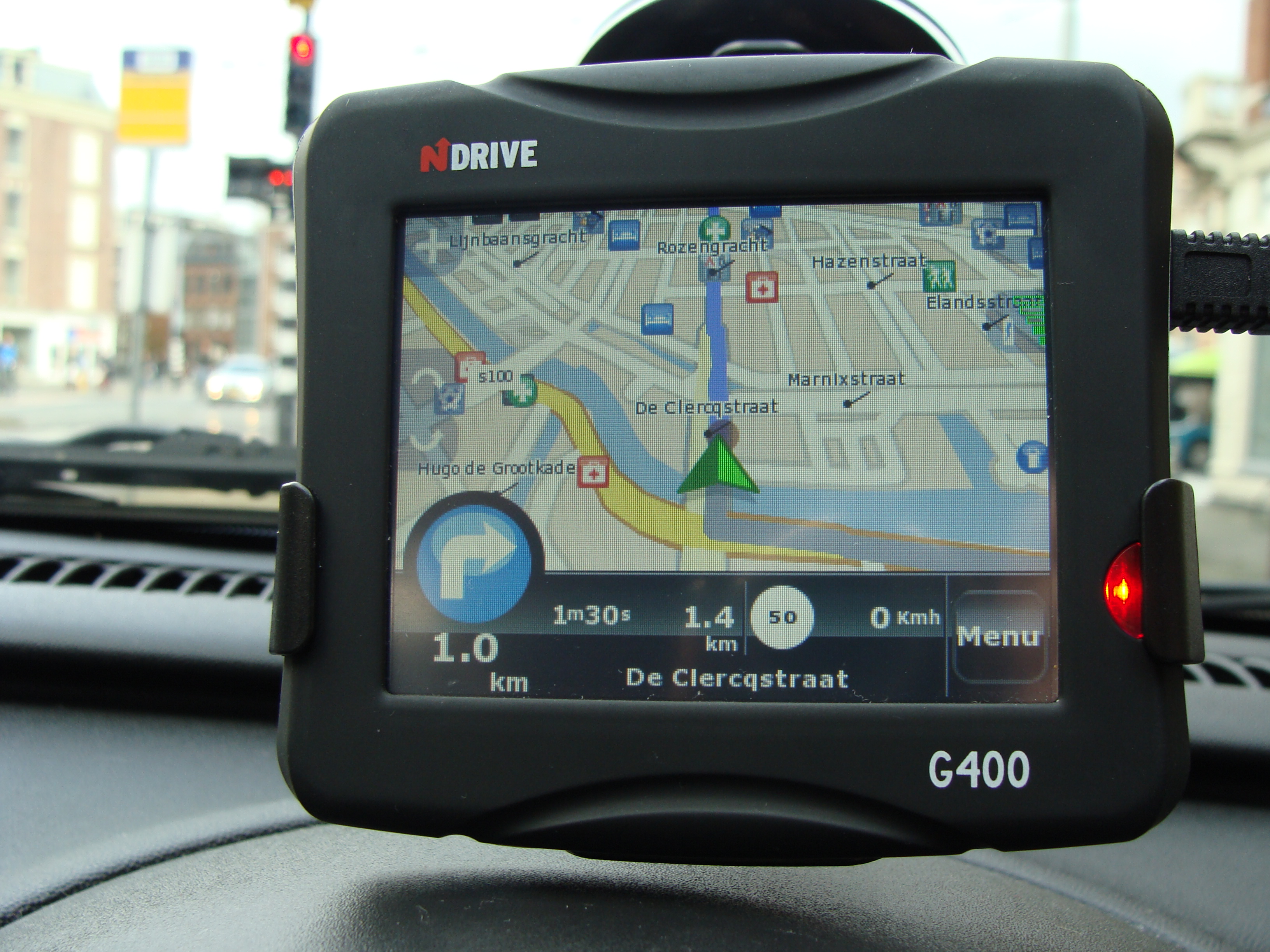
2. **GPS Traffic Rerouting: Bypassing the Bottlenecks**
Building directly on the power of real-time data, GPS traffic rerouting stands out as one of the most immediately useful features for combatting congestion. When your GPS detects a slowdown or an impending traffic jam on your current path, it doesn’t just inform you; it automatically swings into action, suggesting a detour. This proactive capability allows you to bypass the problematic area entirely and get back on track to your destination more quickly.
This feature proves to be particularly invaluable during peak travel times, such as the infamous rush hour. It’s precisely when unexpected bottlenecks, sudden construction, or unforeseen accidents can cause significant delays that dynamic rerouting shines brightest. Imagine heading to an important meeting, only to discover your usual route is completely gridlocked – this is where your GPS becomes a lifesaver, providing a timely escape route.
Consider this common scenario: you’re on your way to work, and your regular route is suddenly clogged with traffic. Rather than resigning yourself to a frustrating crawl, your GPS will instantly suggest an alternate route that promises fewer cars and a smoother flow. This ability to dynamically adjust your path can shave precious minutes, or even hours, off your journey, significantly reducing stress and improving your overall travel experience.
In dynamic urban environments or on busy highways where traffic patterns can shift unpredictably, this constant re-evaluation and suggestion of detours are critical. GPS traffic rerouting isn’t just about finding *a* way; it’s about consistently finding *the best* way at any given moment, making your trips far more efficient and predictable, especially when every minute counts.

3. Dynamic Route Adjustments: Adapting to the Unexpected
Beyond simply rerouting around detected traffic, modern GPS systems offer dynamic route adjustments, a powerful enhancement that underscores their adaptability. Unlike the fixed routes provided by traditional paper maps, these advanced systems possess the intelligence to continuously adjust your path based on an array of evolving conditions. This includes not only new traffic congestion but also changing weather patterns or unexpected road closures that weren’t present when you first started your journey.
The beauty of dynamic route adjustments lies in their inherent flexibility. You are never locked into a single, predetermined path, regardless of how conditions change. If something entirely unexpected happens on your usual route—be it a sudden construction project, a newly fallen tree, or a spontaneous road closure—your GPS will immediately recalculate and re-route you to a better alternative. This ensures that you’re always on the most efficient and least-impeded route, no matter what obstacles come your way.
This constant recalculation and adjustment capability gives you more options for a faster, less stressful trip. It transforms your navigation system from a static guide into a truly dynamic companion, capable of responding to the fluid reality of road conditions. This level of responsiveness is vital in today’s unpredictable driving landscape, where a clear road can turn into a standstill in minutes.
By embracing dynamic route adjustments, your GPS system effectively serves as a continuous real-time strategist. It’s always looking ahead, anticipating potential problems, and finding solutions before they significantly impact your travel. This foresight helps you maintain your momentum, reduce decision-making stress while driving, and ultimately, get to your destination more smoothly and efficiently.

4. Time-Saving Navigation: The Ultimate Payoff
The overarching objective of employing a sophisticated GPS system is, unequivocally, to save time. Whether your journey is a routine commute to work, a series of quick errands, or an epic cross-country road trip, the primary goal of your GPS is to arm you with the fastest routes, help you skillfully avoid delays, and ensure you reach your destination with optimal efficiency. This core benefit is what transforms a frustrating drive into a productive passage.
Through the seamless integration of real-time traffic data and sophisticated rerouting capabilities, your GPS system is continuously working behind the scenes to ensure you’re always on the most efficient path available. This intelligent optimization directly translates into a tangible reduction in the amount of time you spend behind the wheel. Every minute saved means more time for personal pursuits, work, or simply enjoying your destination.
The cumulative effect of avoiding unnecessary traffic jams, capitalizing on timely detours, and taking judicious shortcuts when they arise can significantly reduce your overall travel time. This isn’t just about shaving a few minutes here and there; over weeks and months, these efficiencies can accumulate into hours of reclaimed time, offering a profound impact on your daily schedule and quality of life.
For the legion of commuters who dedicate a substantial portion of their lives to the road, this time-saving aspect is nothing short of revolutionary. It transmutes each trip from a potentially frustrating ordeal into a more productive and less stressful experience. The ability to navigate with confidence, knowing you’re on the fastest route, empowers you to be more punctual, reduce stress, and perhaps even inject a little more joy into your daily travels.
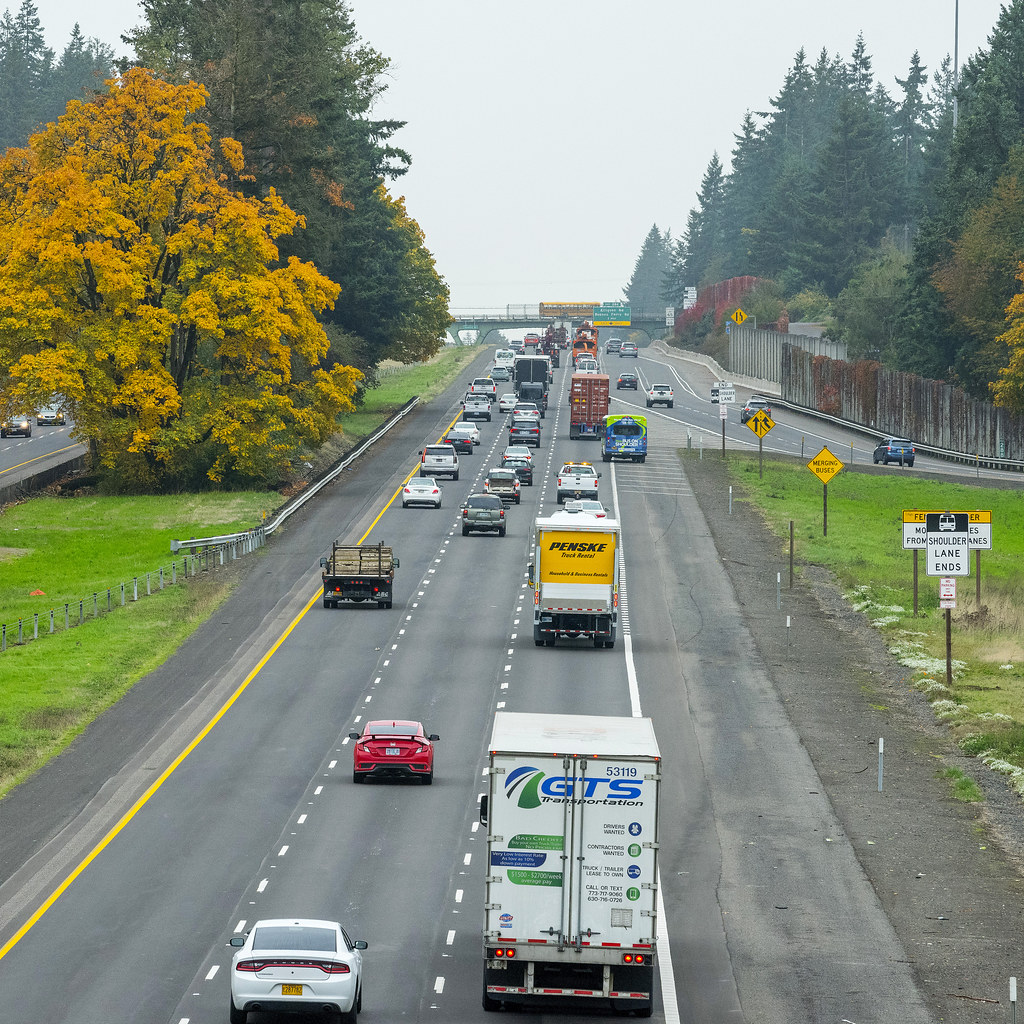
5. Predictive Traffic Analysis with Machine Learning: Seeing Into the Future
While real-time data is essential, the true revolutionary power of modern GPS applications lies in their ability to predict future traffic patterns. This cutting-edge capability is driven by sophisticated machine learning algorithms that transform raw data into invaluable insights, effectively helping drivers stay ahead of the curve. By analyzing vast amounts of historical traffic data, current weather conditions, scheduled events, and numerous other relevant factors, these algorithms can forecast congestion before it even begins to materialize.
One of the most effective subsets of machine learning in this domain is the use of neural networks for traffic flow prediction. These complex systems cleverly mimic the human brain’s ability to recognize patterns and make decisions based on immense datasets. In the realm of traffic prediction, neural networks can simultaneously analyze thousands of variables, including the precise time of day, the specific day of the week, prevailing weather conditions, and long-term historical traffic patterns. The result is a highly accurate prediction of traffic conditions, often several hours in advance.
Bayesian networks offer another potent tool for both traffic prediction and subsequent route optimization. These probabilistic models excel at handling uncertainty and possess the remarkable ability to incorporate new information in real-time, instantly updating their predictions. For GPS navigation, Bayesian networks meticulously assess the likelihood of congestion on various routes, then intelligently suggest the optimal path based on your preferences and the current, evolving conditions. Their key advantage lies in their rapid adaptability, adjusting recommendations swiftly if an accident occurs or traffic shifts unexpectedly.
Furthermore, accurate travel time estimation is a critical component for any effective GPS application, and this is where random forest models prove highly effective. As an ensemble learning method, they combine multiple decision trees to account for a wide spectrum of factors that influence travel time. This includes traffic volume, the specific type of road, the time of day, and even individual driving patterns, allowing for more precise estimations and, consequently, more reliable estimated arrival times (ETAs) for users.
This predictive capability is a game-changer. It means your GPS isn’t just reacting to current traffic; it’s anticipating future congestion, allowing the application to suggest optimal departure times and alternative routes proactively. This foresight helps users avoid potential congestion before it even becomes a problem, significantly enhancing efficiency and reducing the chances of getting caught in a standstill.

6. Reinforcement Learning in Dynamic Rerouting: The Smart Navigator
Pushing the boundaries of traffic avoidance technology even further, reinforcement learning represents the cutting edge of route optimization. This advanced branch of machine learning is specifically designed for making sequential decisions within dynamic environments, making it perfectly suited for real-time route adjustment. In the context of GPS navigation, reinforcement learning algorithms continuously evaluate and adjust routes as traffic conditions evolve, ensuring users are always guided along the most efficient path at every moment of their journey.
What truly sets reinforcement learning apart is its inherent ability to learn from experience. As the algorithm proposes routes and observes the subsequent outcomes—whether a suggested detour successfully avoids congestion or inadvertently leads to another slowdown—it refines its strategy. Through this iterative process of trial and feedback, it becomes increasingly adept at navigating highly complex traffic scenarios, constantly improving its decision-making capabilities.
This adaptive approach is particularly invaluable in dense urban areas where traffic patterns are frequently changing and notoriously unpredictable. In such dynamic environments, traditional static routing algorithms, which rely on pre-calculated paths, often fall short. Reinforcement learning’s continuous learning cycle allows for superior responsiveness and greater accuracy in guiding drivers through an ever-shifting landscape of congestion and clear roads.
By leveraging reinforcement learning, your GPS transforms into an intelligent, self-improving navigator. It’s not just following rules; it’s learning the nuances of traffic, recognizing patterns, and making increasingly optimal decisions for you on the fly. This results in an unparalleled level of route efficiency and a significant reduction in the frustration associated with unexpected delays, putting you firmly in control of your travel time.

7. Crowdsourcing & User-Generated Content: The Power of Community
While sophisticated algorithms and robust real-time data integration form the technological backbone of modern GPS applications, the indispensable power of crowdsourcing cannot be overstated. User-generated content has emerged as an incredibly valuable source of up-to-the-minute traffic information, perfectly complementing traditional data sources and providing unique insights that might otherwise go completely undetected by automated systems. It’s the collective intelligence of millions of drivers making the roads smarter for everyone.
Waze, a widely popular navigation app, has truly pioneered the effective use of crowdsourcing in traffic avoidance. Its community-driven incident reporting system empowers users, affectionately known as “Wazers,” to actively report accidents, road closures, police presence, speed traps, and various other hazards in real-time. This rapidly reported information is then quickly verified by other users and seamlessly integrated into the app’s navigation algorithms, constructing a constantly updated, living map of current road conditions.
Google Maps takes a slightly different yet equally powerful approach to crowdsourcing, leveraging the immense volume of location data it passively collects from the smartphones of millions of users. By analyzing the aggregated movement patterns of countless devices, Google can construct a highly accurate, real-time picture of traffic flow across entire cities and vast regions. This passive crowdsourcing methodology beautifully complements active reporting systems, providing an incredibly comprehensive and granular view of traffic conditions, often detecting subtle anomalies that indicate emerging congestion.
Even veteran navigation companies like TomTom have embraced this community spirit, combining their professional traffic monitoring with user-generated content through their innovative HD Traffic and MapShare technologies. While HD Traffic meticulously aggregates data from diverse professional sources, MapShare actively allows users to report map inaccuracies and critical road changes directly through their devices. This ensures that the maps remain not only up-to-date but also astonishingly accurate, offering a robust solution that adapts to both momentary fluctuations and long-term changes in road networks. The collaboration between technology and drivers truly creates a smarter navigation experience.
Building on the robust foundations of GPS technology, the journey into advanced traffic avoidance takes us deeper into cutting-edge innovations and smart user strategies. Beyond simply reacting to current conditions, modern navigation systems are increasingly predictive, adaptive, and seamlessly integrated into our connected lives. This section will explore the advanced algorithms that anticipate congestion, the symbiotic relationship between GPS and connected vehicles, and essential user techniques to truly harness the full power of your navigation device, transforming your travel into an even more efficient and stress-free experience.
From sophisticated programming to leveraging the power of our smartphones, these innovations represent the next frontier in outsmarting traffic. We’ll also dive into practical, actionable guides for using your favorite navigation apps to plan smarter journeys, ensuring you’re not just arriving, but arriving optimally. Get ready to discover how to unlock even more hours in your week, all thanks to the intelligent evolution of GPS.

8. Advanced Routing Algorithms for Congestion Mitigation
The core of any truly effective GPS traffic avoidance application lies in its routing algorithms. These sophisticated mathematical models are responsible for meticulously analyzing vast amounts of data to determine the optimal path for each user. Recent years have witnessed significant advancements in these algorithms, enabling far more efficient and adaptive navigation, particularly in the ever-congested urban environments that challenge drivers daily.
One of the most promising developments in this crucial field is the emergence of dynamic routing algorithms. Unlike traditional static routing methods, which calculate a single ‘best’ route at the beginning of a journey and stick to it, dynamic algorithms possess the intelligence to continuously reassess and adjust the route. This constant re-evaluation happens based on real-time traffic conditions, offering a far more flexible and responsive navigation experience, especially critical in areas where traffic patterns can shift in a heartbeat.
Another pivotal innovation is the integration of multi-criteria optimization into these advanced routing algorithms. Instead of focusing exclusively on minimizing travel time, these intelligent algorithms can now simultaneously consider a multitude of factors, such as fuel efficiency, potential toll costs, and even individual user preferences. This holistic approach ensures that the resulting routes are more personalized and efficient, aligning much better with individual needs and priorities.
Furthermore, the development of predictive routing algorithms has significantly boosted the ability of GPS applications to proactively avoid future congestion. By incorporating extensive historical data and analyzing real-time trends, these algorithms can anticipate traffic buildup and suggest alternative routes well in advance, often before congestion becomes visually apparent to human observers. This powerful predictive capability is particularly valuable for longer-distance trips or journeys through complex traffic networks, giving you an unparalleled advantage on the road.
9. Integration with Connected Car Systems and V2I Communication
As our vehicles become increasingly connected and intelligent, GPS applications are evolving to fully embrace this new ecosystem of data and capabilities. The seamless integration of navigation systems with connected car platforms and the broader Internet of Things (IoT) devices is opening up revolutionary new possibilities for traffic avoidance and route optimization, fundamentally changing how we interact with our journeys.
Vehicle-to-Infrastructure (V2I) communication represents a significant leap forward in traffic management and navigation technology. This groundbreaking technology allows vehicles to directly exchange crucial information with road infrastructure, such as smart traffic lights, digital road signs, and central traffic management centers. For GPS applications, this translates into access to an unprecedented level of real-time data about road conditions and the flow of traffic.
Imagine a GPS app, seamlessly integrated with V2I technology, receiving precise information about the timing of traffic lights along your route. This allows it to suggest optimal speeds that will help you catch a ‘green wave,’ minimizing frustrating stops and starts. Similarly, real-time data regarding parking availability in a busy district or specific details about ongoing road construction can be effortlessly incorporated into navigation suggestions, empowering drivers to make far more informed and efficient decisions about their routes.
Read more about: ADAS Technology: The Revolution Transforming Vehicle Safety and the Driving Experience

10. Leveraging Smartphone Sensor Fusion for Traffic Detection*
Our modern smartphones are far more than just communication devices; they are equipped with a diverse array of sophisticated sensors that can provide invaluable data for traffic detection and in-depth analysis. GPS applications are increasingly leveraging the power of these sensors through an advanced technique known as sensor fusion. This ingenious method combines data from multiple sources within your phone to create an even more accurate and comprehensive picture of real-time traffic conditions on the ground.
For example, the accelerometers within your smartphone can effectively detect sudden stops or significant changes in speed, which are often clear indicators of developing traffic congestion. Simultaneously, gyroscopes can assist in identifying distinct patterns of lane changes or merging traffic that might signal emerging bottlenecks on a highway. When this rich sensor data is aggregated across countless users, it can provide highly granular, real-time information about traffic flow, even on roads not covered by traditional, fixed traffic monitoring systems.
This intelligent aggregation and analysis of smartphone sensor data greatly enhances the precision of traffic updates available to your GPS application. It allows for the detection of subtle anomalies and rapid changes in road conditions that might otherwise go unnoticed, providing you with an incredibly detailed and immediate understanding of the traffic landscape. This level of comprehensive insight ultimately leads to more effective route recommendations and a smoother journey for you.
Read more about: The 8 Most High-Tech Luxury Cars in the Market Right Now: What Tech Blogs and Feature Lists Reveal for Gadget Enthusiasts.
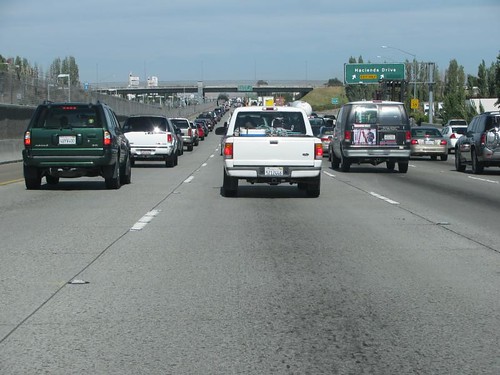
11. Edge Computing in Real-Time Traffic Processing
The rapid rise of edge computing is fundamentally transforming the way GPS applications process and meticulously analyze vast amounts of traffic data. By intelligently moving computation much closer to the actual data source—in this context, directly to the vehicle or the smartphone itself—edge computing enables significantly faster and more responsive traffic analysis and dynamic route optimization. This paradigm shift significantly enhances the immediacy and relevance of the information you receive.
This distributed approach to data processing allows GPS apps to make split-second decisions regarding routing without needing to rely on constant, data-intensive communication with a distant central server. For users, this innovative architecture directly translates to remarkably more responsive navigation, which is particularly beneficial in areas plagued by poor network coverage or intermittent connectivity. Your GPS can keep making smart decisions even when the network is struggling.
Moreover, the strategic implementation of edge computing can significantly help reduce the overall load on existing network infrastructure. By processing data locally, less information needs to be sent back and forth to central servers, potentially improving the scalability, reliability, and overall efficiency of advanced traffic avoidance systems. This means a smoother, faster, and more robust navigation experience for everyone on the road.
Read more about: The 8 Most High-Tech Luxury Cars in the Market Right Now: What Tech Blogs and Feature Lists Reveal for Gadget Enthusiasts.

12. Optimizing Your GPS: Essential User Strategies
Navigating the roads with a GPS system is undoubtedly convenient, but are you truly maximizing its full potential to save you hours every week? Understanding how to optimize your GPS device’s functionality doesn’t just enhance your driving experience; it actively ensures you reach your destination with peak efficiency. A few proactive user strategies can make a world of difference.
First and foremost, staying updated is absolutely key to efficient navigation. Regular updates ensure that your GPS system has the very latest map data, including any newly constructed roads, recent changes in traffic patterns, and updated points of interest. This crucial step prevents you from unexpectedly encountering road closures or relying on incorrect routing information, which can severely disrupt your travel plans. Enabling automatic updates, if available, is a practical way to keep your system current without a second thought.
Next, take the time to customize your GPS settings for tailored navigation preferences. Adjust your route settings to perfectly match your driving style—whether you prioritize the fastest route, the shortest distance, or perhaps a path that deliberately avoids toll roads. This personal customization ensures that your GPS navigation aligns precisely with your specific travel needs and priorities, making every journey feel more bespoke.
Furthermore, enhancing connectivity by syncing your GPS system with other devices, such as your smartphone, can provide a truly seamless navigation experience. By connecting your devices, you can effortlessly access saved addresses from your phone contacts or calendar events, streamlining the often-tedious process of inputting destinations. Integrating voice commands via your smartphone further enhances safety, allowing for hands-free operation and minimizing distractions, so you can focus squarely on the road ahead.
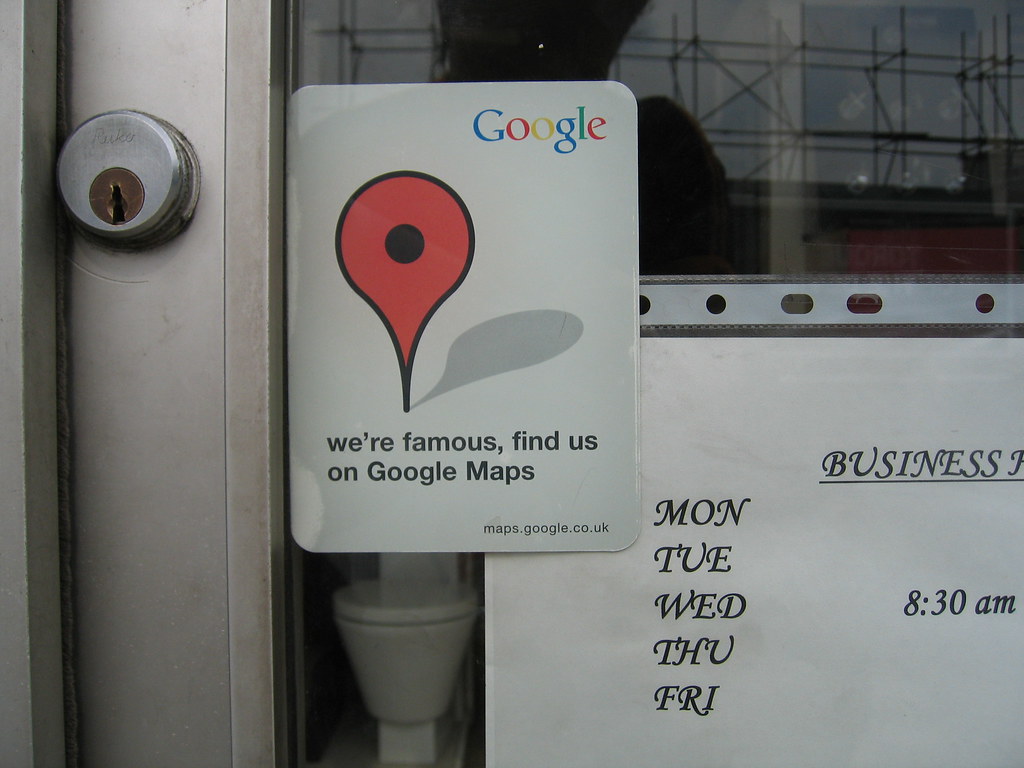
13. Practical Guides: Avoiding Traffic with Google Maps
Your smartphone likely holds a powerful traffic avoidance tool you might not be fully utilizing: Google Maps. This popular app is packed with features designed to help you navigate congestion and save time. Understanding a few simple tricks can transform your daily commute or road trip. Let’s walk through how to leverage Google Maps to its fullest.
The first step is straightforward: open the Google Maps application on your device. Once it’s up and running, use the search bar to find your desired destination and then tap on the ‘Directions’ button, typically located on the bottom half of the screen. This will generate an initial route preview, showing you the fastest path if you were to leave immediately.
To dive deeper into traffic insights, pull up the bottom menu so it expands to cover the entire screen. Here, you’ll want to carefully examine the ‘Traffic bar.’ This bar provides a valuable estimate of current traffic conditions, highlighting any issues that might be affecting your particular route, such as unexpected accidents or ongoing construction work. Remember, this real-time traffic estimation works best when you’ve indicated you’re setting off right away.
Google Maps also boasts a powerful capability to predict future traffic conditions, thanks to its extensive data reserves. To access this, tap the three-dot menu icon in the top right corner of the screen. From there, you can ‘Set future departure times’ or arrival times by selecting a specific date and hour. Google will then provide an estimate of how long your drive is likely to take at that chosen time, allowing you to compare options and pick the least congested window for your travel, often with a notable margin of error for added realism.
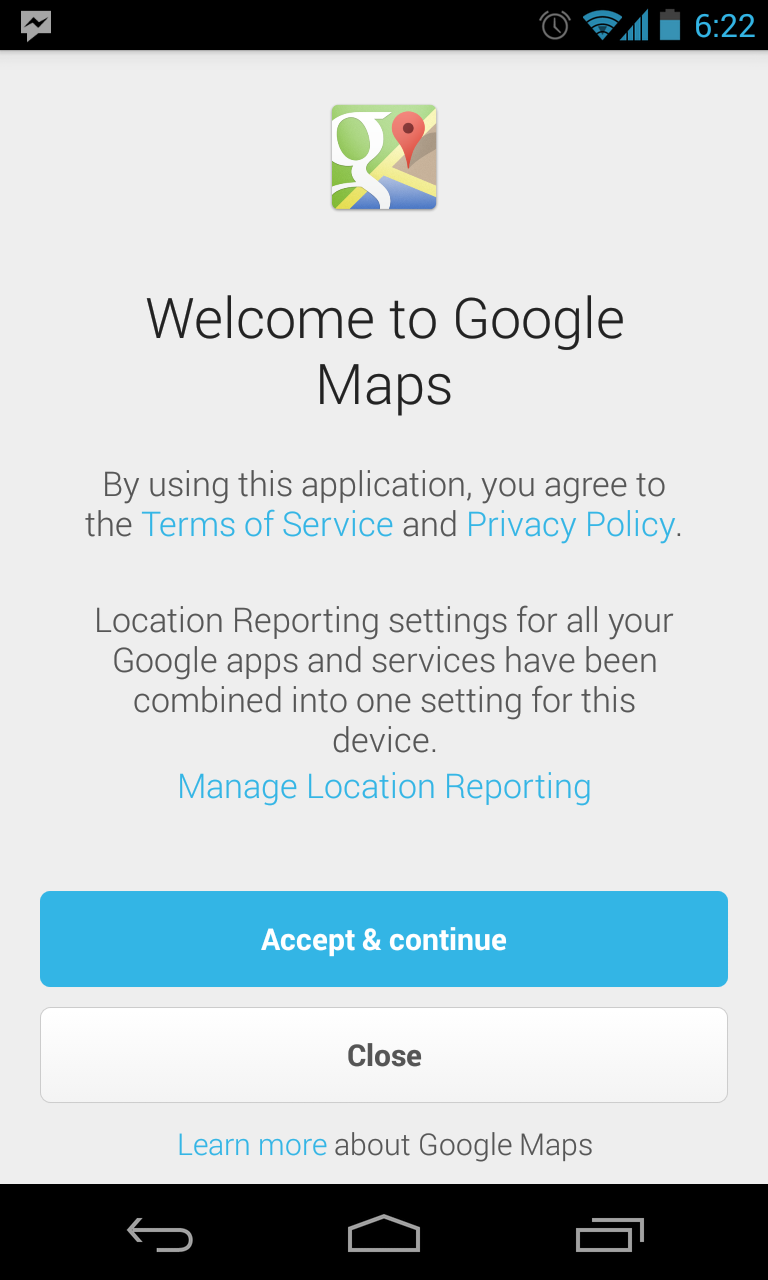
14. Practical Guides: Leveraging Apple Maps and Waze for Traffic Avoidance
Beyond Google Maps, other leading navigation apps like Apple Maps and Waze offer unique and highly effective ways to outsmart traffic. Knowing how to use their specific features can significantly enhance your travel planning and execution, helping you dodge delays and save precious time on the road.
For Apple Maps users, start by opening the app, which comes pre-installed on most iPhones. Find your destination using the search bar and then tap the car icon, or ‘Directions,’ to generate a route. By default, Apple Maps will show you routes and travel times for an immediate departure. However, to explore other options, tap the ‘Now’ drop-down menu on the left side of the screen. This opens a calendar menu, allowing you to select a specific date and time you wish to leave. While Apple Maps doesn’t offer congestion graphics in the same way some competitors do, you can compare travel times for different departure or arrival times to identify the most efficient window, helping you adjust your schedule to avoid peak congestion.
Waze, renowned for its community-driven approach, offers an intuitive way to visualize and avoid traffic. Launch the Waze app and search for your destination to generate a route. Once the primary route appears, tap ‘View Routes,’ then locate and tap the ‘Leave later’ option at the bottom of the screen. This will present you with a graphic illustrating estimated trip durations at various times of the day. Simply scroll up and down through 15-minute increments to compare how different departure times will impact your overall journey. This feature makes it incredibly easy to pinpoint the optimal time to hit the road and bypass the worst of the traffic.
By leveraging the unique capabilities of these powerful navigation apps, you gain the upper hand against traffic. Whether you prefer the comprehensive predictions of Google Maps, the clear visual guidance of Apple Maps, or the real-time community insights of Waze, the tools to plan smarter, faster journeys are already at your fingertips. No longer do you have to resign yourself to endless gridlock; with a little know-how, you can transform your commute and long-distance travels into truly efficient, enjoyable experiences.
The secret isn’t just in the technology itself, but in your ability to harness its full power. Armed with these insights and practical strategies, you’re ready to make your GPS an even smarter, more proactive ally against the daily grind of traffic. Say goodbye to wasted hours and hello to more productive, stress-free journeys, week after week.





